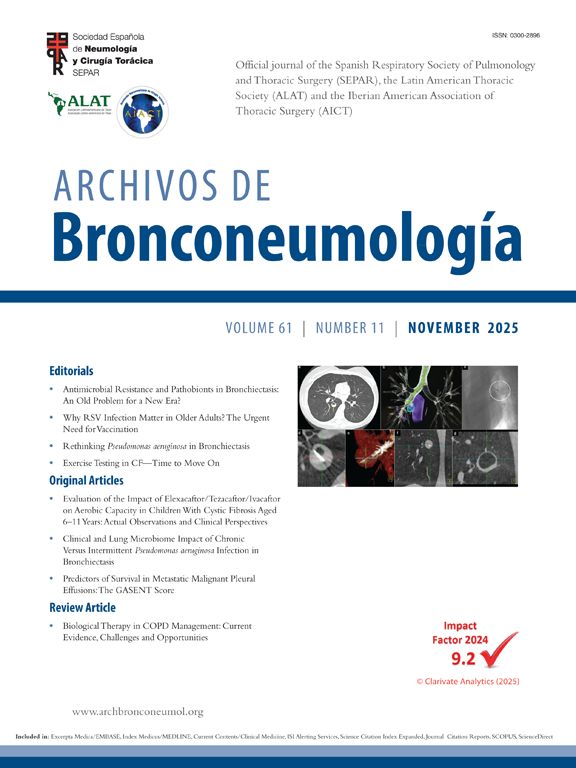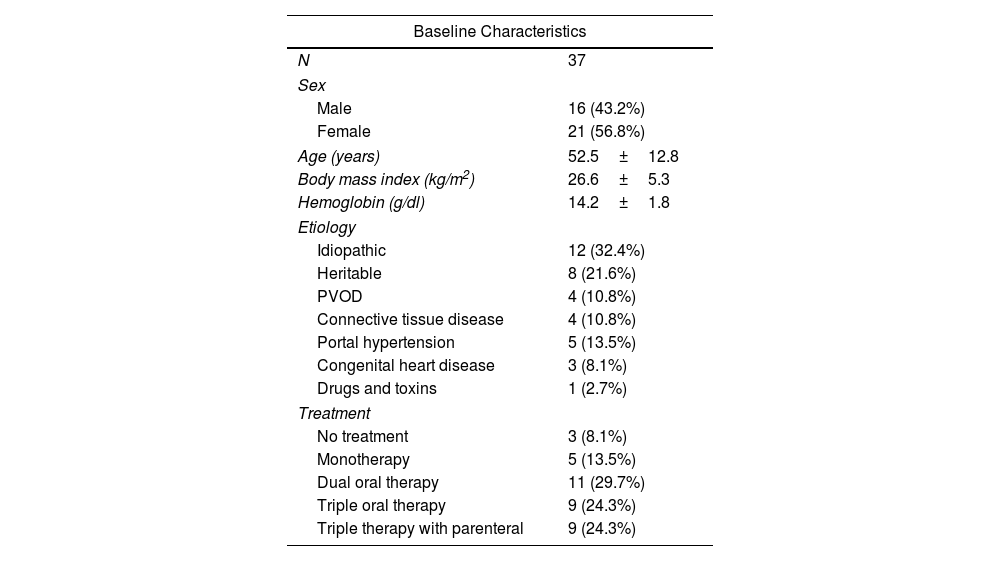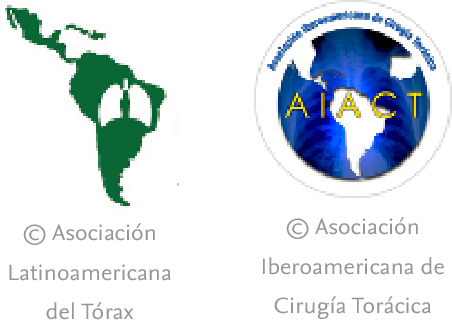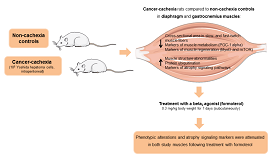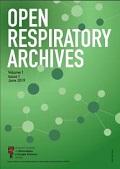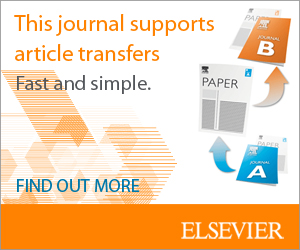Quality of life questionnaires are a particularly useful tool for quantifying the health perception of patients with chronic respiratory diseases.1 Improving quality of life is a fundamental objective in the care of any condition. Pulmonary arterial hypertension (PAH) is a chronic, generally progressive disease that involves the pulmonary vascular bed and can cause dyspnea, chest pain, syncope, and symptoms derived from heart failure that impact on patients’ quality of life.2 The treatment of PAH has improved significantly over the years: patient survival is better, and the disease is generally becoming more of a chronic condition.3 However, treatments are sometimes complex, since not only specific oral treatment, but also support therapies, oxygen therapy and parenteral treatments (subcutaneous, intravenous or inhaled) are sometimes required, which can also affect the quality of life of these patients.
The cardiopulmonary exercise test (CPET) with oxygen uptake is a test that objectively quantifies the patient's functional class and evaluates their ventilatory efficiency.4–6
The objective of this study was to correlate quality of life with various CPET variables in patients with PAH.
This was prospective study that included patients with a previous diagnosis (prevalent) of PAH (group 1). Patient quality of life was evaluated on the same day that a CPET was performed, using three different methods, consisting of two previously validated questionnaires for PAH – the emPHasis-10 (10 questions) and the EQ5D (5 dimensions) – and an analog scale of health perception with a range from 0 to 100 points (where 0 is the worst state and 100 the best).
Qualitative variables were expressed as absolute values and percentages. Quantitative variables were expressed as mean±standard deviation for those with a normal distribution, and as median and interquartile range for those with a non-normal distribution. The Smirnov–Kolmogorov test was used to study the distribution of the quantitative variables, while Pearson's correlation was used to study the correlation between quantitative variables with a normal distribution. The Spearman correlation test was used for the correlation study with non-normally distributed variables. The ANOVA test was used to study the differences in means between three or more groups. A value of p<0.05 was considered statistically significant. This study was approved by the Drug Research Ethics Committee of Cantabria (Spain) and coordinated by the Valdecilla Research Institute (IDIVAL, Instituto de Investigación Valdecilla), with protocol code 2020.009.
A total of 37 patients were included, of which 56.8% were women with an age of 52.5±12.8 years, a BMI of 26.6±5.3kg/m2, and hemoglobin 14.2±1.8g/dl. Most patients were on dual oral therapy (29.7%) or triple therapy 48.6% (triple oral 24.3% and triple therapy with a parenteral 24.3%). Three patients were not receiving treatment due to a diagnosis of pulmonary veno-occlusive disease. The median time from PAH diagnosis to CPET performance was 5.2 (1.1–11.2) years.
Risk was stratified according to the CPET: using O2 uptake in ml/kg/min, 62.2% were at low risk, 35.1% at intermediate risk, and 2.7% at high risk; using O2 uptake as a percentage, 51.4% were at low risk, 48.6% at intermediate risk, and no patients were at high risk; using VE/VCO2, 37.8% were at low risk, 48.6% at intermediate risk, and 13.5% at high risk.
The baseline characteristics of the patients, the most relevant CPET variables and the results of the quality of life questionnaires are summarized in Table 1.
Population, CPET Parameters and Quality of Life Questionnaires.
| Baseline Characteristics | |
|---|---|
| N | 37 |
| Sex | |
| Male | 16 (43.2%) |
| Female | 21 (56.8%) |
| Age (years) | 52.5±12.8 |
| Body mass index (kg/m2) | 26.6±5.3 |
| Hemoglobin (g/dl) | 14.2±1.8 |
| Etiology | |
| Idiopathic | 12 (32.4%) |
| Heritable | 8 (21.6%) |
| PVOD | 4 (10.8%) |
| Connective tissue disease | 4 (10.8%) |
| Portal hypertension | 5 (13.5%) |
| Congenital heart disease | 3 (8.1%) |
| Drugs and toxins | 1 (2.7%) |
| Treatment | |
| No treatment | 3 (8.1%) |
| Monotherapy | 5 (13.5%) |
| Dual oral therapy | 11 (29.7%) |
| Triple oral therapy | 9 (24.3%) |
| Triple therapy with parenteral | 9 (24.3%) |
| Cardiopulmonary Exercise Test | |
|---|---|
| Exercise protocol | |
| 5W/min | 1 (2.7%) |
| 5W/45s | 26 (70.3%) |
| 5W/30s | 10 (27%) |
| Load (W) | 70 (65–97.5) |
| Load (%) | 67.9±25.3 |
| VO2 | |
| ml/min | 1213.8±376.8 |
| ml/kg/min | 17.1±4.7 |
| % | 67.9±17.6 |
| Anaerobic threshold (% VO2) | 38.2±13.0 |
| Ventilation (%) | 76.2±13.8 |
| Minimum O2saturation (%) | 94.5±5.7 |
| Heart rate (% of maximum heart rate) | 86.1±10.1 |
| O2pulse (%) | 77.3±22.1 |
| RER | 1.20±0.1 |
| EqCO2(ml) anaerobic threshold | 38.5±5.6 |
| PetCO2(mmHg) anaerobic threshold | 29.3±4.0 |
| Quality of Life | |
|---|---|
| Health scale | 62.1±26.7 |
| emPHasis-10 | |
| Question 1 | 1 (0–3) |
| Question 2 | 0 (0–1) |
| Question 3 | 2 (1–4) |
| Question 4 | 2 (0–3) |
| Question 5 | 2 (1–3) |
| Question 6 | 3 (1–3) |
| Question 7 | 1 (0–2) |
| Question 8 | 2 (1–4) |
| Question 9 | 0 (0–2) |
| Question 10 | 1 (0–3) |
| EQ5D | |
|---|---|
| Mobility | |
| No | 14 (37.8%) |
| Mild | 17 (45.9%) |
| Moderate | 9 (16.2%) |
| Self-care | |
| No | 31 (83.8%) |
| Mild | 5 (13.5%) |
| Moderate | 1 (2.7%) |
| Daily activities | |
| No | 16 (43.2%) |
| Mild | 10 (27.0%) |
| Moderate | 9 (24.3%) |
| Pain or discomfort | |
| No | 20 (54.1%) |
| Mild | 12 (32.4%) |
| Moderate | 5 (13.5%) |
| Anxiety or depression | |
| No | 16 (43.2%) |
| Mild | 11 (29.7%) |
| Moderate | 8 (21.6%) |
cms: centimeters; dl: deciliter; PVOD: pulmonary veno-occlusive disease; Eq CO2: ventilatory carbon dioxide equivalent; g: grams; kg: kilograms; m2: square meter; ml: milliliter; O2: oxygen; Pet: pressure end tidal; RER: respiratory exchange ratio; VO2: oxygen uptake.
The average score on the health scale was 62.1±26.7. Patients reported low scores associated with good quality of life for most of the items in the emPHasis-10 questionnaire, with a median score of 16 (5.5–26.5) for the sum of all questions in this questionnaire. Similarly, for the EQ5D questionnaire, the majority of patients reported scores associated with good quality of life in most of the questions.
No correlation was found between any of the three questionnaires used and the various relevant variables of the CEPT, such as peak oxygen uptake (expressed in ml/kg/min and in percentage), O2 pulse (expressed in percentage), or the equivalent of CO2 at the anaerobic threshold. Nor were any statistically significant differences found between the different risk levels of each variable for any of the three scales used (Table 2).
Quality of Life Questionnaires and Different PAH Risks According to CPET Variables.
| Low Risk | Intermediate Risk | High Risk | p | ||
|---|---|---|---|---|---|
| emPHasis-10 summation | VO2 (ml/kg/min) | 14.65±10.86 | 20.30±12.58 | 31 | 0.188 |
| Health scale | 60.06±29.17 | 64.38±23.37 | 80 | 0.725 | |
| emPHasis-10 summation | VO2 (%) | 20.05±12.75 | 13.94±9.97 | – | 0.115 |
| Health scale | 55.73±28.82 | 68.86±23.28 | – | 0.138 | |
| emPHasis-10 summation | VE/VCO2 | 17.21±13.23 | 17.88±11.86 | 13.8±7.56 | 0.797 |
| Health scale | 60.89±29.99 | 61.72±28.09 | 67±17.88 | 0.910 |
VO2: oxygen uptake.
Patient quality of life has been widely studied in PAH.7–11 However, despite quality of life being a primary objective in the treatment of PAH and the availability of several validated questionnaires,12 the high subjectivity of this variable means that it is still not included the monitoring algorithms. In our study, we used the emPHasis-10, which has been validated in Spanish for PAH, and the EQ5D because it is also validated, is easy to answer and can be compared with other respiratory entities.
PAH is a generally progressive chronic disease that requires multiple tests and follow-ups, and the addition of treatments, usually in a sequential manner. This chronic disease course and the important therapeutic advances help patients adapt to their new functional situation, and this may be one of the reasons why they perceive a good quality of life. The median follow-up in our series was 5 years, and a quarter of the patients had been followed for more than 11 years, so chronicity seems to be a significant consideration when interpreting the results.
The various CPET variables (especially O2 consumption, O2 pulse and efficiency variables) have demonstrated their prognostic usefulness in multiple studies, even more than hemodynamic, analytical or echocardiographic variables.13–16 However, it has also been revealed that the cut-off points for establishing risk with the CPET variables do not correlate well with other variables such as the 6-min walk test or functional class.17 The fact that quality of life is also does not correlate with the different risk levels for CPET supports the idea that these CPET cut-off points may need to be redefined or supplemented with other variables.
Although our results provide relevant information, some limitations must be mentioned, primarily the small sample size and the fact that the study was carried out in a single center.
In conclusion, the quality of life questionnaires used for PAH in this small cohort of patients did not correlate with the most relevant CPET variables, nor were they useful for differentiating patients with different risk levels.
Ethical ApprovalThis study was approved by the Drug Research Ethics Committee of Cantabria (Spain) and coordinated by the Valdecilla Research Institute (IDIVAL, Instituto de Investigación Valdecilla), with protocol code 2020.009.
FundingThis research did not receive any funding from any public, private or non-profit entity.
Conflict of InterestsThe authors declare no conflict of interest.

